(4) Acadia Trip - 2021
Acadia Carriage Roads and Gatehouses
Forty-five miles of rustic carriage roads, the gift of philanthropist John D. Rockefeller Jr. and family, weave around the mountains and valleys of Acadia National Park. Rockefeller, a skilled horseman, wanted to travel on motor-free byways via horse and carriage into the heart of Mount Desert Island. His construction efforts from 1913 to 1940 resulted in roads with sweeping vistas and close-up views of the landscape. His love of road building ensured a state-of-the-art system.Rockefeller’s interest in road building grew naturally from his father’s. John D. Rockefeller Sr., the founder of Standard Oil, had built and landscaped carriage roads on his Ohio and New York estates. From his father the junior Rockefeller learned many techniques that he applied to building his Mount Desert Island carriage roads.
More...
Otter Cliff in Acadia
Otter Cliff, in Acadia National Park, Maine, is one of the most spectacular sights along the North Atlantic Seaboard. On the east side of the Park Loop Road, about .7 miles past Thunder Hole, is the famous 110 foot high Otter Cliff - one of the highest Atlantic coastal headlands north of Rio de Janeiro.Just before Otter Cliff is a beautiful spot called Monument Cove. Right after this, the road begins to curve to the left. To the right is a small parking area with portable rest facilities. On the other side of the street is a path that leads to the cliff.
More...
More...
Thunder Hole in Acadia
Thunder Hole is the place in Acadia National Park to experience the thunder of the sea against the rocky shores of Maine! On calm days you may wonder what the fuss is all about. But wait until the waves kick up a few notches.Thunder Hole is a small inlet, naturally carved out of the rocks, where the waves roll into. At the end of this inlet, down low, is a small cavern where, when the rush of the wave arrives, air and water is forced out like a clap of distant thunder. Water may spout as high as 40 feet with a thunderous roar! Hence the name: Thunder Hole.
More...
More...
The Shore Path Bar - Harbor, Maine
The famous Shore Path in Bar Harbor, Maine begins at the Town Pier next to Agamont Park, goes a short distance to the East past the Bar Harbor Inn, then wraps around a point before continuing South for about 1/2 to 3/4 of a mile along the eastern shore of Mount Desert Island.Originally created around 1880, people from all over the world have walked on this path while enjoying the sights, sounds and smells ever since. You should plan on at least one early morning walk here while visiting Acadia National Park. If you arise early enough and time it just right, you will be greeted by the morning sun just as it bursts over the horizon creating a symphony of light, shadow, and gorgeous color.
More...
More...
Bar Harbor, Maine
Bar Harbor is a town on Mount Desert Island in Hancock County, Maine, United States. As of the 2010 census, its population is 5,235. Bar Harbor is a popular tourist destination in the Down East region of Maine and home to the College of the Atlantic, Jackson Laboratory, and MDI Biological Laboratory (Salisbury Cove village).
Until a catastrophic fire in 1947, the town was a noted summer colony for the wealthy. Bar Harbor is home to the largest parts of Acadia National Park, including Cadillac Mountain, the highest point within twenty-five miles (40 km) of the coastline of the Eastern United States.
The town is served by the Hancock County-Bar Harbor Airport, which provides year-round direct flights to Boston, Massachusetts.
More...
More...
Bass Harbor Head Light
Bass Harbor Head Light is a lighthouse located within Acadia National Park in the southwest portion of Mount Desert Island, Maine, marking the entrance to Bass Harbor and Blue Hill Bay.The history of Bass Harbor Head Light dates to 1855, when it was determined that there was sufficient reason for a lighthouse at the mouth of Bass Harbor. In 1885, the U.S. Congress appropriated $5,000 for construction of the lighthouse.
In 1876, construction was completed on a fog bell and tower, since removed. A much larger 4,000-pound (1800 kg) bell was placed inside the tower in 1898.
The house of the lightkeeper remains in its original configuration with the exception of a 10-foot addition that was added in 1900.The lighthouse was added to the National Register of Historic Places as Bass Harbor Head Light Station on January 21, 1988, reference number 87002273.
In 1902, an oil storage house constructed of brick was built 205 feet northwest of the lighthouse.
Bass Harbor's fifth order Fresnel lens was replaced in 1902 with a larger fourth order. This lens was manufactured by the French company Henry-Lepaute. This lens remains in service today.



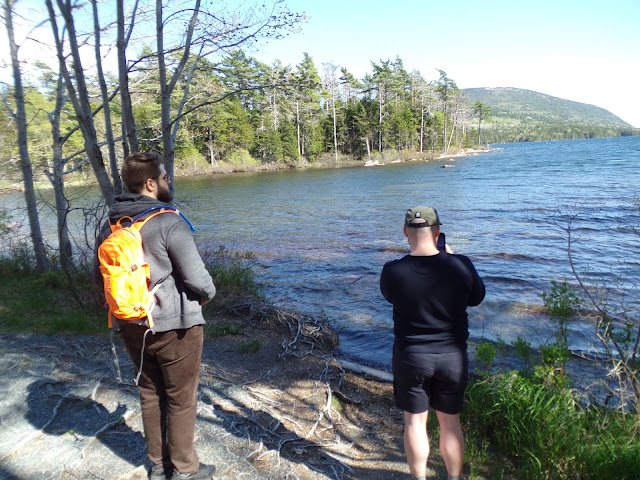
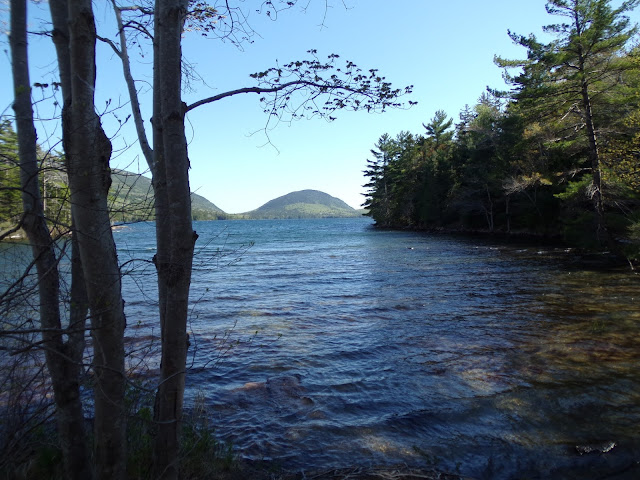


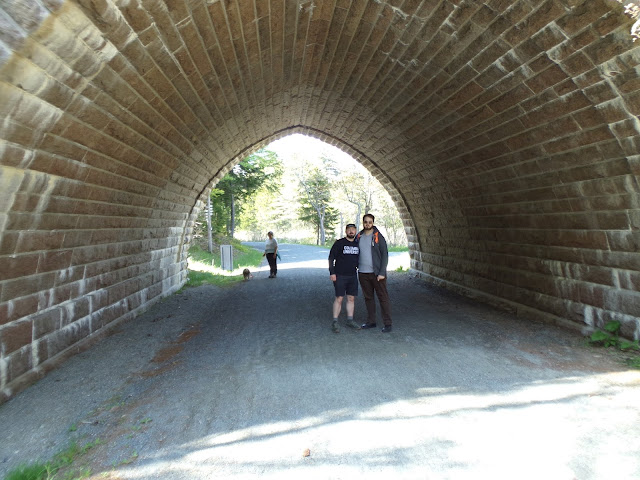












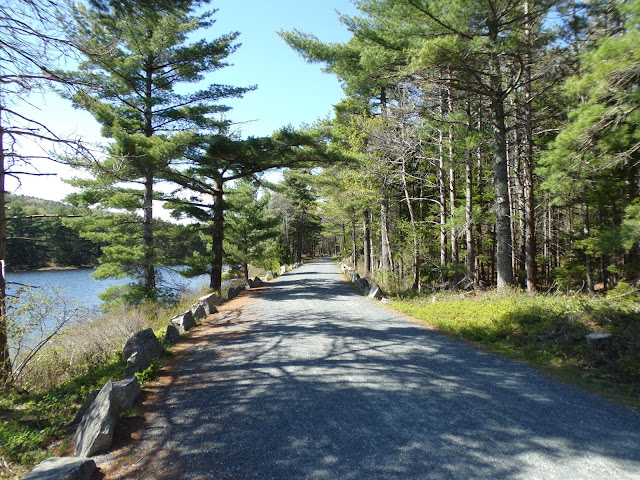










































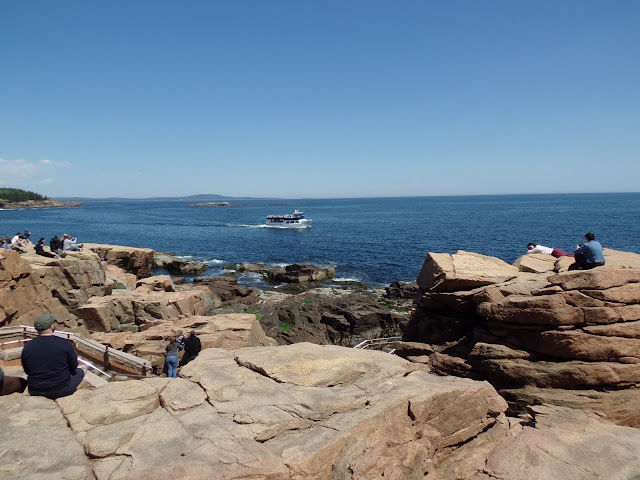












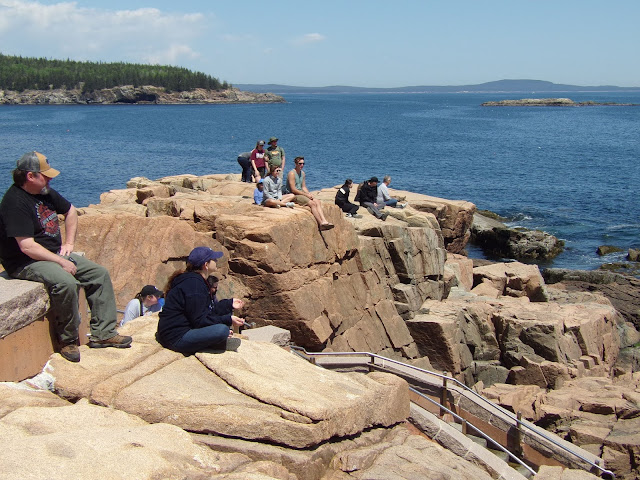




























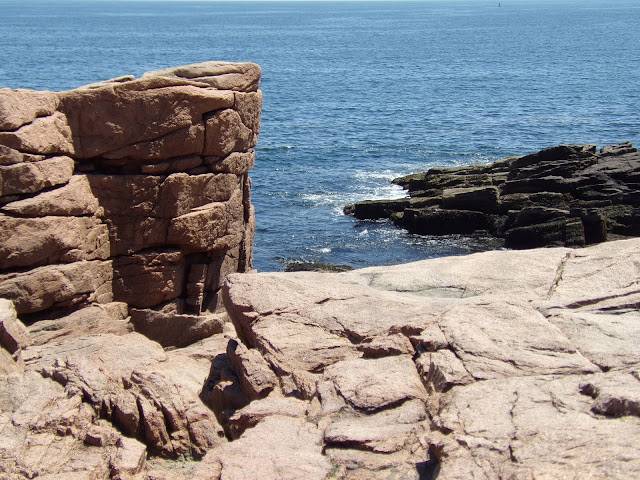








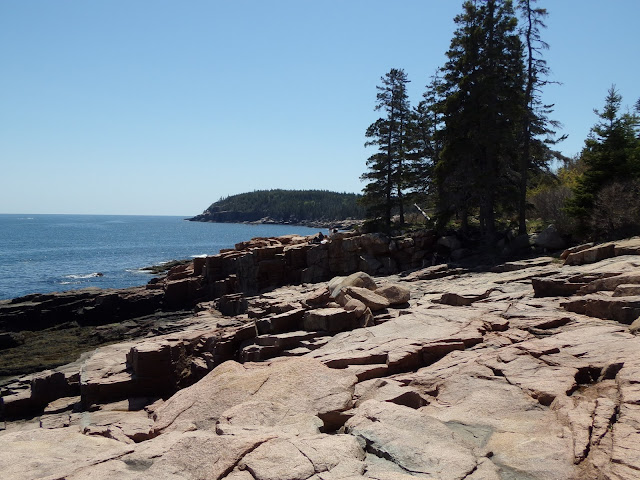




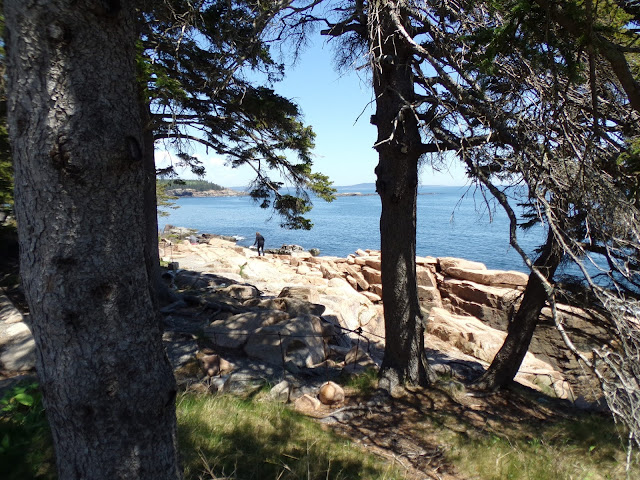





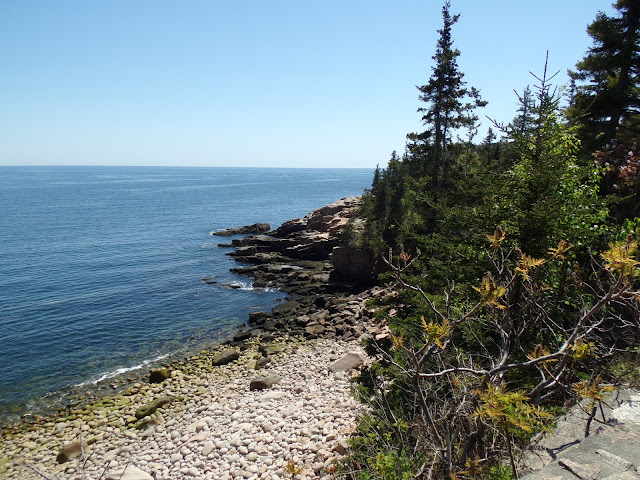






































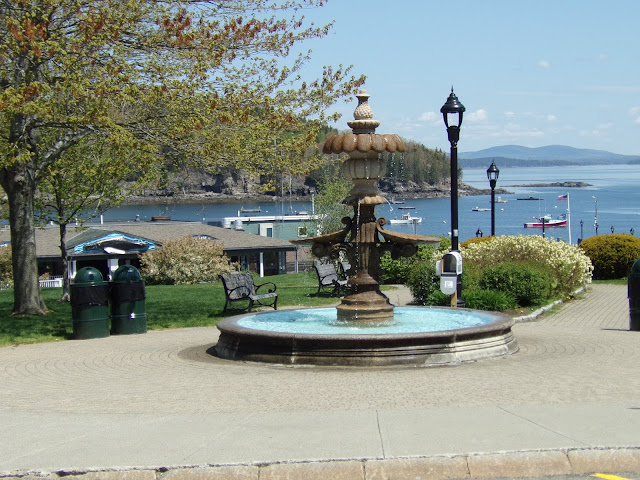







































































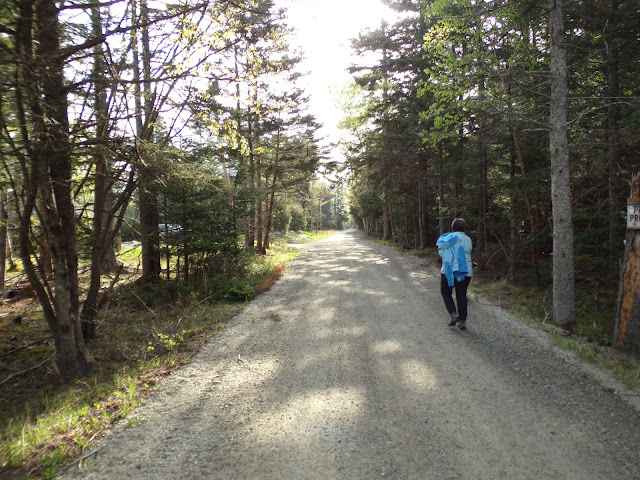

.png)
Comments
Post a Comment